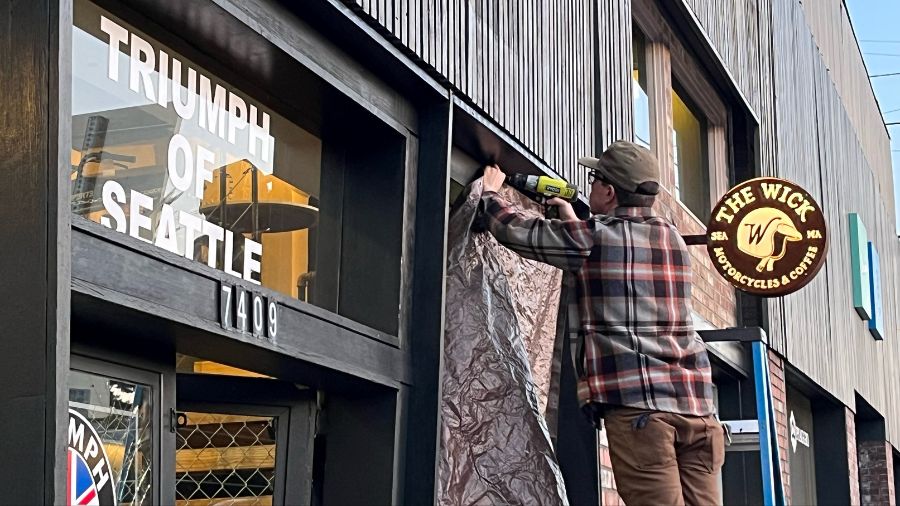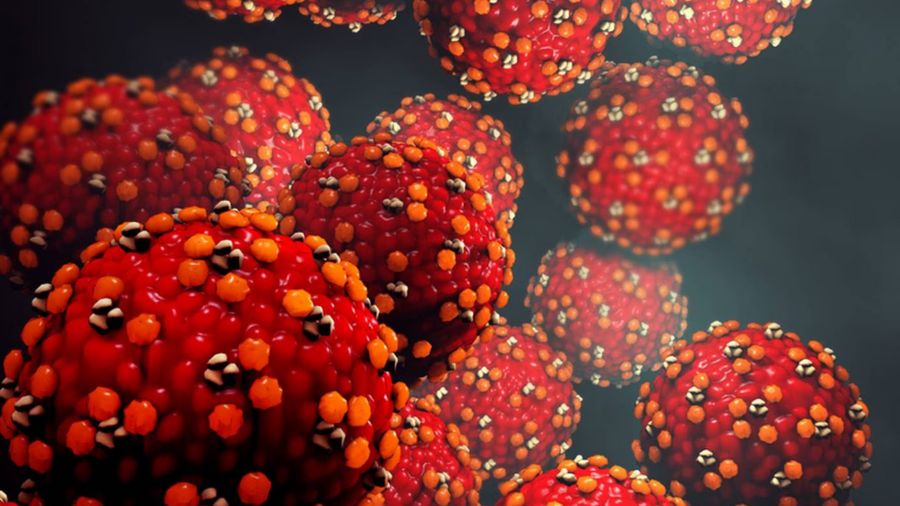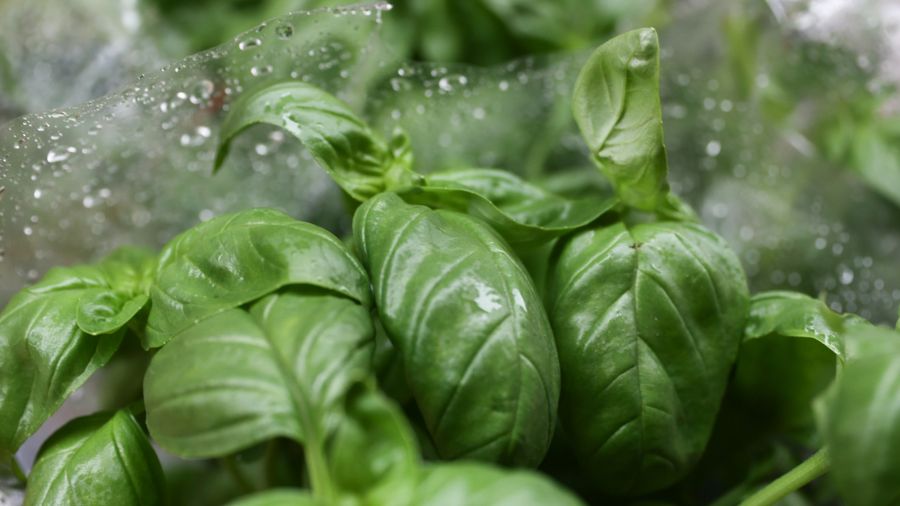How the Northwest contributed to the atomic bombs of WWII
Aug 4, 2022, 8:20 AM | Updated: 8:25 am

The B-29 bombers were designed and tested by Boeing in the Northwest. (Courtesy of Feliks Banel)
(Courtesy of Feliks Banel)
It was early August 1945 when the United States dropped atomic bombs on the Japanese cities of Hiroshima and Nagasaki. While historians have debated for decades whether or not the bombs hastened the end of World War II and saved the lives of Americans by eliminating the need to invade Japan, there’s no question about the role that the Pacific Northwest played in this final dramatic and deadly act of that global conflict.
Both atomic bombs dropped on Japan were delivered by the Boeing B-29 Superfortress. The actual aircraft used for Hiroshima and Nagasaki — named “Enola Gay” and “Bock’s Car,” respectively — were built in Omaha, but the high-tech bomber, with its pressurized cabin, massive fuel tanks, four engines, and the ability to carry a sizable payload, was designed and perfected by Boeing in Seattle.
When the U.S. detonated the first test bomb in New Mexico in July 1945 and when Nagasaki was attacked on August 8, both devices were fueled with plutonium produced at what was then called Hanford Engineer Works, located near what’s now called the Tri-Cities. Hanford was a massive facility designed and operated by DuPont under contract to the U.S. government as part of the Manhattan Project, the $2 billion effort to create atomic weapons during World War II. The facility had rapidly sprung up beginning in April 1943, with as many as 45,000 construction workers on the job by June 1944.
The existence of the Hanford project (as well as the overall effort to create atomic weapons) had been a secret until President Truman mentioned the Washington communities of Richland and Pasco by name in a statement released the morning of August 6, 1945. According to contemporary newspaper accounts, most of the workers at Hanford had no idea what they were creating, with many assuming the product was poisonous gas or some other type of weapon. When news broke of the use of the new weapon and Hanford’s role in developing it, those workers, along with many other regular folks who lived in the Northwest, expressed pride in having helped add to the Allies’ arsenal.
A few more details about Hanford emerged later that day when Secretary of War Henry Stimson also released a statement:
“The Hanford Engineer Works is located on a Government reservation of 430,000 acres in an isolated area fifteen miles northwest of Pasco, Washington. Here is situated a Government-owned and operated town called Richland with a population of approximately 17,000 consisting of plant operators and their immediate families. Consideration of security and safety necessitated placing this site in an isolated area. Workers live under normal conditions in modest houses, dormitories, hutments, and trailers, and have for their use all the religious, recreational, educational, medical, and other facilities of a modern small city.”
Hanford’s role as a research and production facility continued to expand during the Cold War, and the site is now in the midst of a decades-long cleanup of the waste created by the atomic weapon and energy-related activities that went on there. The contamination of the soil, the water table, the Columbia River, and the residents of nearby communities has been debated and litigated for decades. To put it mildly, the Hanford project and its effects on that part of the state and the people who lived there remains one of the most controversial issues in Pacific Northwest history.
But in those early days and weeks after Hiroshima and Nagasaki, it wasn’t immediately clear to most people that the bombs did far more damage beyond the initial explosion. The notion of radiation and radiation poisoning didn’t become abundantly clear until September 1946 when The New Yorker magazine devoted an entire issue to journalist John Hersey’s grisly detailed account of what had happened to civilians in Hiroshima when the bomb hit and in the months that followed. It’s estimated that ultimately as many as 166,000 people died in Hiroshima and 80,000 died in Nagasaki — from the blast or from radiation sickness and complications that followed.
After Nagasaki was bombed, President Truman addressed the nation by radio, reiterated Allied demands for unconditional surrender, and promised further attacks until Japan was vanquished. Some critics of Truman’s use of the atomic bomb say that the Japanese military government was already on the verge of collapse before Hiroshima and that use of the bomb was unnecessary. Either way, it was less than a week later, on Tuesday, August 14, 1945, that word reached Seattle just after 4 p.m. that World War II was over. VJ Day, for “victory in Japan,” had arrived at last.
Almost immediately, celebrations erupted at Boeing and local shipyards, where swing-shift workers were immediately turned loose for a two-day holiday. In downtown Seattle, thousands of people gathered for an impromptu street party. There were the requisite sailors kissing nurses, along with regular office workers kissing each other, and everybody joining in to temporarily block traffic on Fourth Avenue near Pike and Pine. The street parties may have been bigger in places like San Francisco and New York, but even in Seattle, happy people celebrated the end of World War II and thronged the sidewalks downtown long into the August night.
You can hear Feliks every Wednesday and Friday morning on Seattle’s Morning News with Dave Ross and Colleen O’Brien, read more from him here, and subscribe to The Resident Historian Podcast here. If you have a story idea or questions, please email Feliks here.













